Maintaining Your Horse Tack
Your horse’s skin can get irritated and infected from neglected horse tack. Cleaning tack isn’t just about taking care of equipment—it protects your horse’s health and your investment.
Dirt, sweat, and grime build up on uncleaned tack after rides and slowly break down the leather. The situation gets worse during damp winter months. Grey mould can form on poorly managed equipment, especially if you have humid tack rooms.
But here’s the good news. You can extend your tack’s lifespan by a lot and save money if you take proper care of it. Your leather stays supple and crack-free with regular cleaning every 4-6 weeks and proper conditioning. This becomes especially important if you live in dry climates or use your equipment often.
This piece will give you the cleaning and repair techniques to protect your valuable equestrian gear. You’ll learn everything about safety and making your equipment last longer. Let’s dive into effective tack maintenance methods.
Essential horse Tack Cleaning Supplies and Their Uses
Your tack needs the right supplies to stay in good shape. The right cleaning products will give your leather a longer life while keeping it supple and safe. Let’s get into what you need in your toolkit to take care of your tack properly.
Quality saddle soap and leather conditioners
Quality saddle soap is the foundation of good tack cleaning. You’ll find these products as solid soap bars, creams, and sprays. Saddle soaps break down dirt and grease, and leather conditioners keep the leather supple.
Top brands like Carr & Day & Martin have great specialised products. Their two-step system works well—Belvoir Step 1 Tack Cleaner (£10.50) lifts out deep grease and sweat, and Step 2 Tack Conditioner (£12.50) protects the leather and adds shine. NAF also makes excellent cleaners like Sheer Luxe Leather Cleanse & Condition (£12.99) that cleans deep into the leather.
You’ll find many conditioning options from glycerine-based products to heavy-duty treatments like Belvoir Leather Balsam (£13.95), which works great on dried-out leather.
Specialised tools for bridle cleaning
The right tools make tack cleaning much easier. Here’s what you need:
- Three-pronged bridle cleaning hooks (£3.99) to hang bridle pieces while cleaning
- Soft-bristled brushes to remove hair and debris before cleaning
- Sponges of different shapes to apply products and reach tight spots
- Soft toothbrushes to clean around buckles and stitching
Cocktail sticks are also great to clean out holes without damaging the leather.
Natural vs. synthetic cleaning products
Natural cleaners usually contain lanolin, beeswax, glycerine, and coconut oil. These ingredients clean and condition the leather’s natural fibres. Glycerine-based soaps work really well because they clean without hurting the leather’s structure.
Synthetic products might work faster but can damage your leather over time. If you have synthetic tack, you should use cleaners like Wintec Synthetic Cleaner instead of leather products.
Budget-friendly alternatives that work
You can make affordable cleaning solutions at home that work well. Mix equal parts white vinegar and water for a great leather cleaner. You could also combine vinegar with coconut or olive oil.
Baby soap with warm water (2 cups) and a splash of vinegar makes a gentle solution that cleans and conditions. Murphy’s Oil Soap from your local store can clean tack well when you don’t have professional products handy.
Your tack will stay safe, comfortable, and durable for years to come if you clean it regularly with the right supplies.
Seasonal Tack Care: Adapting Your Routine Throughout the Year
The seasons bring their own challenges to tack maintenance, and you’ll need to adjust your cleaning routine throughout the year. Your investment will last longer and your horse will stay comfortable whatever the weather conditions.
Summer care: Managing sweat and heat damage
Summer rides leave your tack covered in sweat and dust. You should wipe down leather with a clean, dry towel after each ride to stop sweat stains from pulling out natural oils. Synthetic tack only needs a quick rinse since it handles wet conditions better than leather.
The sun’s UV rays can damage leather and make it dry out and change colour. Your tack needs to stay away from direct sunlight, and you’ll want to use leather conditioner more often in hot months to keep it supple.
Winter challenges: Preventing mould in cold, damp conditions
The cold, damp weather creates perfect conditions that let mould grow on leather. The right storage becomes crucial. Your tack should stay in a dry, ventilated area – a temperature-controlled room between 50-70°F (10-21°C) works best.
Wet winter rides mean you need to towel dry your tack right away and wipe it with a damp cloth to get rid of dirt. Products with beeswax will give an effective seal against moisture. Let your tack dry naturally away from direct heat sources that can cause cracking.
Spring cleaning: Deep restoration after winter storage
The warmer days mean it’s time to give your tack a deep clean. Clear everything out of your tack room to start fresh. Your bridles need to come apart completely, and you’ll want to wash stirrup irons and bits while checking all the stitching.
Stiff winter-stored items need conditioner to become supple again. Clean any mouldy items outside your tack room to keep spores from spreading – the UV sunlight will help kill remaining spores.
Autumn preparation: Getting ready for seasonal changes
Autumn gives you the perfect time to check stitching and overall tack condition. The summer months dry out leather naturally, and it needs deep cleaning and reconditioning before winter hits.
Safety comes first with girths, stirrup leathers, and reins since they take the most stress. On top of that, it’s time to gather winter gear like sheepskin covers and waterproof saddle covers – they should be clean and ready before temperatures drop.
Common Tack Repairs You Can Do Yourself
Your tack will need repairs at some point, no matter how well you manage to keep it. You can fix small problems before they become dangerous by learning some simple maintenance skills. The quickest way to handle many common issues is right in your tack room.
Stitching techniques for minor leather damage
Saddle stitching gives you more strength than machine stitching if your stitches come loose or break. You’ll need these materials ready:
- Waxed thread (about four times the length of your stitch line)
- Sharp leather needles
- Wing divider to mark stitching lines
- Stitching awl
- Pricking iron to space stitches evenly
Clean the damaged area really well before you start. The traditional saddle stitch method needs a needle on each end of your thread. This two-needle approach creates independent stitches, so if one thread breaks, the others stay secure. Make sure to backstitch one and a half stitches at the end to lock everything in place.
Replacing buckles and hardware
Rusty, broken, or bent buckles can be really dangerous while riding. Check all your hardware regularly. Here’s how to replace a buckle:
- Take off the old hardware carefully
- Clean the leather really well
- Put in the new buckle and check it’s the right size
- Add strong stitching if needed
Heat shrink tubing works great to reinforce buckles and bit attachments, giving you extra protection against wear.
Fixing cracked or dry leather
Check if the leather is worth saving first. Old leather with cracks won’t be strong enough even if it looks better after treatment. If your leather is just dry but hasn’t cracked yet:
Clean it well with saddle soap and put conditioner on while the leather stays slightly damp—this helps the oils soak in better. Use thin layers instead of soaking the leather since too much oil will weaken it permanently.
Leather filler and the right dye can hide deeper cracks. All the same, safety items like stirrup leathers or reins should be replaced rather than repaired.
Preventing Damage: Proactive Tack Maintenance
Taking care of your tack starts with a consistent routine. Simple daily habits will save you from costly replacements down the road.
Daily quick-clean routines that make a difference
Your tack’s longevity depends on post-ride cleaning. Spend a few minutes to wipe down leather with a slightly damp cloth. This removes sweat and dirt before they can do lasting damage. Horse sweat contains salt that breaks down leather quickly. Your bits need a quick rinse under the tap after each use. This stops buildup and keeps your horse comfortable on the next ride.
Quick-clean sprays and leather wipes are a great way to get things clean between deep maintenance sessions. These products lift surface dirt without taking apart your equipment. Even with daily care, you still need regular conditioning. Clean leather becomes brittle and dry without it.
Proper storage solutions to extend tack life
Your tack room’s environment plays a huge role in how long equipment lasts. Keep humidity between 30-40% with dehumidifiers to stop mould. Good ventilation matters too, and temperatures should stay above 5°C all year.
Hang your bridles on rounded hooks to keep their shape. Use proper saddle racks instead of leaving saddles on the floor. A protective layer of leather balm helps with long-term storage. Keep everything out of direct sunlight that speeds up leather ageing and fading.
Identifying early signs of wear before they worsen
Regular inspections help prevent dangerous equipment failures. Keep an eye on these critical areas:
- Stitching integrity– Look for loose threads or fraying, especially at stress points
- Leather condition– Watch for cracking, excessive stretching or thinning
- Buckle holes– Elongated holes mean weakening leather
- Hardware security– Give metal fittings a wiggle test to find loose spots
Fix small problems right away. Today’s minor repair prevents tomorrow’s accident. Equipment failures while riding can lead to serious safety issues.
Conclusion
Proper tack maintenance is the life-blood of responsible horse ownership. Regular cleaning, seasonal adjustments, and quick repairs keep your equipment safe and functional while protecting your investment.
Tack maintenance might seem to take forever, but creating consistent care routines saves time and money. Daily wipe-downs paired with monthly deep cleans will extend your equipment’s lifespan by a lot.
Your tack’s condition directly impacts your horse’s comfort and performance. Clean, well-managed leather prevents skin irritations and allows natural movement. Sturdy stitching and secure hardware keep both horse and rider safe during rides.
These maintenance practises should start today, with extra focus on seasonal challenges and early signs of wear. Your commitment to proper tack care will give you reliable, lasting equipment that performs well through countless rides ahead.
FAQs
Q1. How often should I clean my horse’s tack?
For optimal maintenance, wipe down your tack after each use with a damp cloth. Perform a thorough cleaning with saddle soap at least once a month, or more frequently if your tack is heavily used or exposed to harsh conditions.
Q2. What’s the best way to prevent mould on horse tack?
To prevent mould, store your tack in a cool, dry place with good ventilation. Clean it thoroughly after use, especially when damp, and ensure it’s completely dry before storage. Using a dehumidifier in your tack room can also help maintain optimal humidity levels.
Q3. Can I use household products to clean my horse tack?
Yes, some household products can be effective for cleaning tack. A mixture of white vinegar and water can serve as a good cleaner, while baby soap mixed with warm water and a splash of vinegar can both clean and condition leather. However, specialised tack cleaning products are often best for long-term care.
Q4. How do I properly store my horse tack?
Store your tack in a temperature-controlled room (ideally between 10-21°C) away from direct sunlight. Hang bridles on rounded hooks to maintain their shape, and use proper saddle racks rather than laying saddles flat. Apply a protective leather balm before long-term storage.
Q5. What are the signs that my tack needs repair?
Regularly inspect your tack for signs of wear such as loose or fraying stitching, cracking or excessively stretched leather, elongated buckle holes, and loose hardware. Address these issues promptly to prevent equipment failures and ensure rider safety.

Welcome to Sell Your Horse, a platform dedicated to connecting equestrians with each other, making horse buying and selling easier and more transparent. With a focus on technology and community-building. My mission is to help like-minded equestrians find the right connections, share knowledge, and build a trusted equine network.




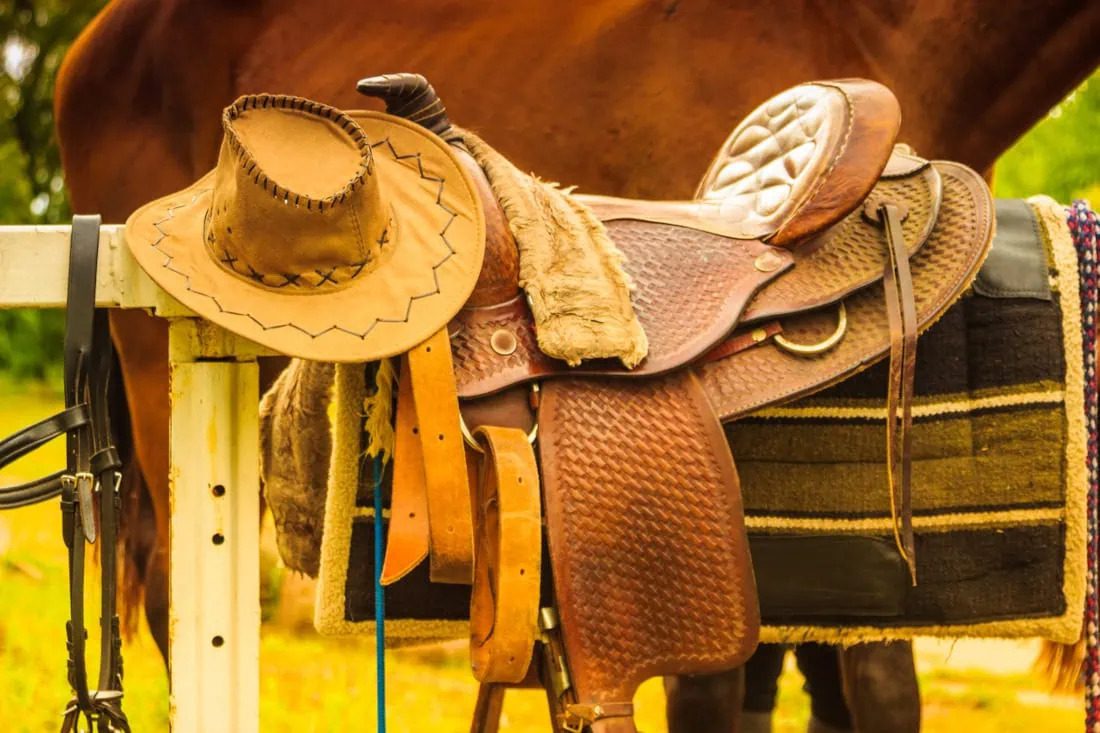
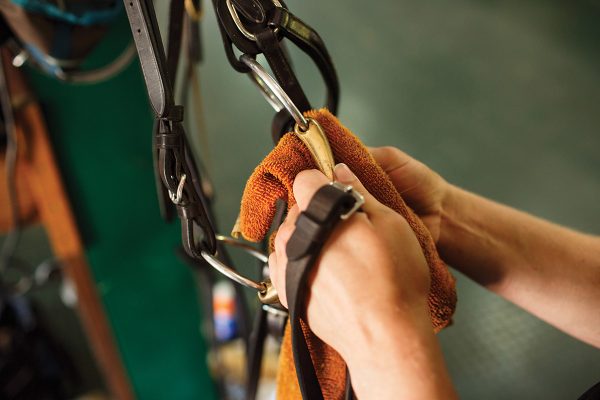

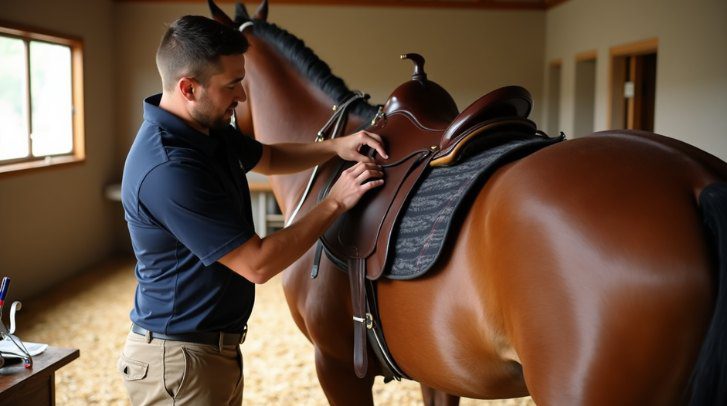



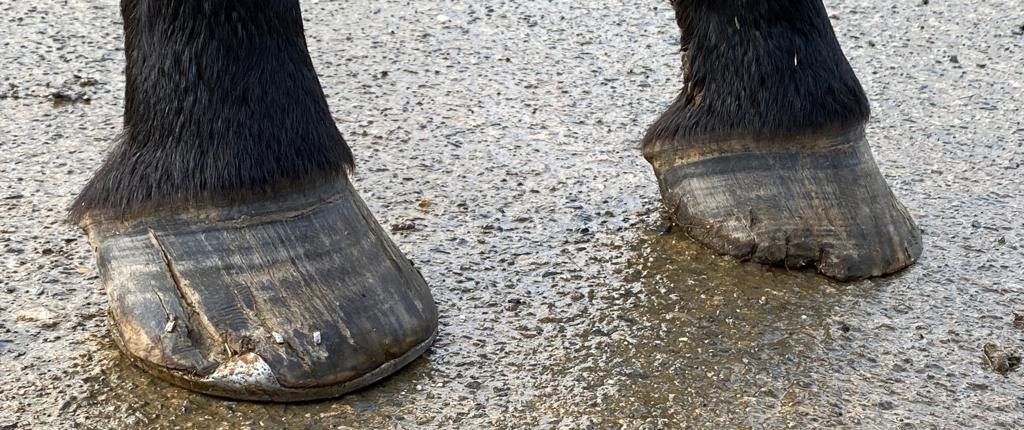
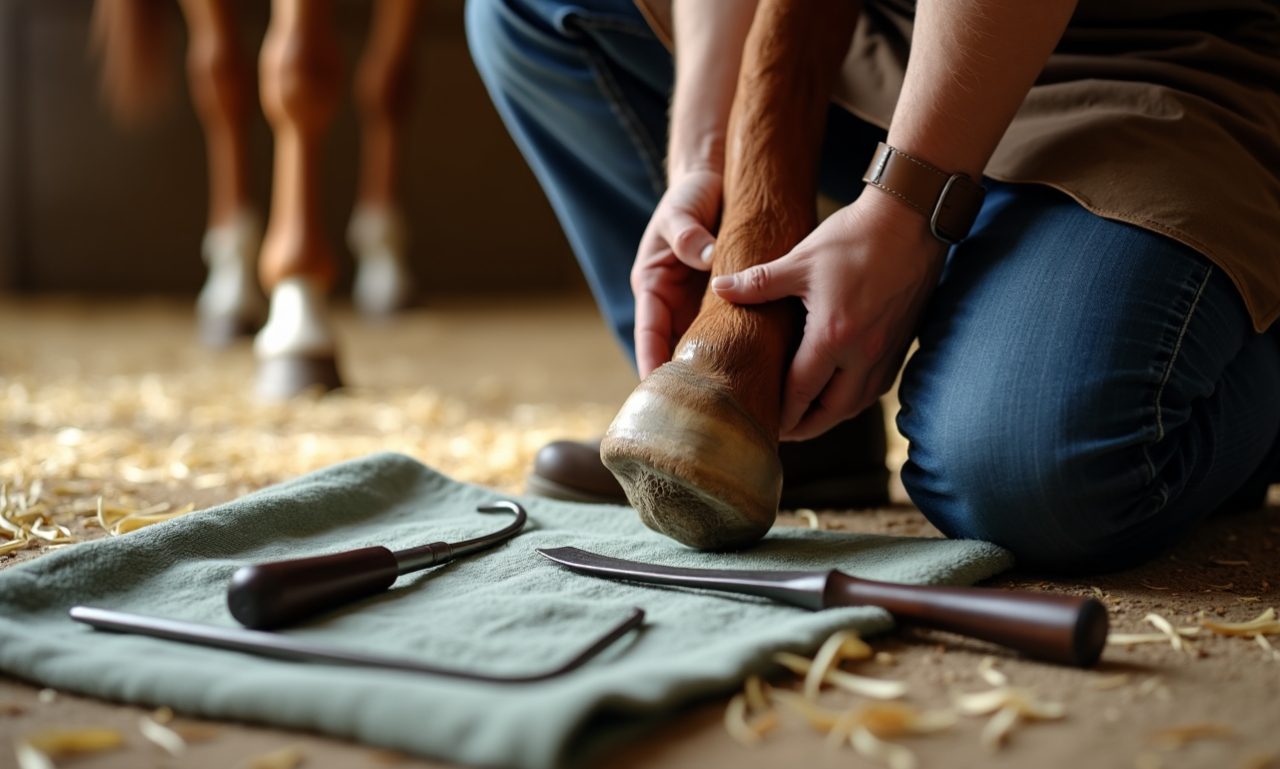


 Featured Listings
Featured Listings
 Adverts
Adverts
 Horses For Sale
Horses For Sale
 Tack & Equipment
Tack & Equipment
 Horseboxes & Trailers
Horseboxes & Trailers
 Equine Properties
Equine Properties
 4x4 Vehicles
4x4 Vehicles
 Horses For Loan
Horses For Loan
 Horses Wanted
Horses Wanted
 Stallions at Stud
Stallions at Stud
 Equine Services
Equine Services
 Riding Holidays
Riding Holidays
